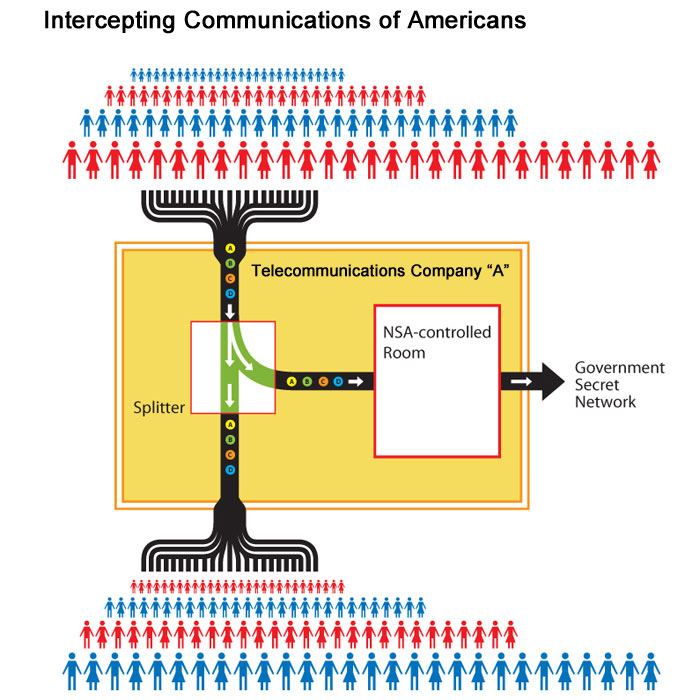Trace phone activity using imei number - Phone surveillance techniques
Wiretapping has come to encompass more than just the monitoring of voice data. Internet packets can also be tracked through what are called "packet sniffers.
- Phone surveillance in Are you being watched?.
- Is Your Phone Listening To You? Here’s How To Protect Your Privacy.
- phone tracer apps!
- How online surveillance is killing private conversations.
How packet sniffing works. Wiretapping has a rich history of usage in criminal investigations and matters of national security. Past wiretapping has generally revolved around telephone conversations, as the government was slow to adapt to the Internet age.
When the government swung its focus to Internet communications, the FBI developed the Carnivore packet sniffer. In , the FBI employed an outside contractor to develop Carnivore, a customizable packet sniffer which could filter packets to pick up only what the specific surveillance target was communicating.
The Problem with Mobile Phones
While the FBI didn't really release many details, it is generally agreed upon that an individual Carnivore system was composed of a Microsoft Windows workstation with packet sniffing software and a removal disk drive. Each Carnivore system had to be installed at the Internet Service Provider of the surveillance target so that it could home in on the target's Internet communications.
Not only did Carnivore record the packets in question, it would reconstruct emails and Web pages so that the FBI could see exactly what the target was seeing.

Carnivore was met with some controversy, as common people believed that all their Internet traffic was being monitored. According to the official reports, Carnivore was only used after securing warrants and only recorded packets related to the surveillance target. Traffic unrelated to the surveillance target would just be ignored.
In , the FBI announced that they had discontinued use of the Carnivore system and its derivatives. These messages may be audible or visual, public or personal, seen or unseen. A number of techniques and devices have been developed to carry out surveillance on these messages and track the physical locations of a countless number of cellphone owners.
Is your cell phone under surveillance?
In this article, we will focus on International Mobile Subscriber Identity catchers, or IMSI-catchers, as the prevailing method of cellphone surveillance. Some parts of the world do not have the communications infrastructure to necessitate a device such as an IMSI-catcher, but the IMSI-catcher is used in many places with access to advanced cellular communications like 3G. These devices were originally developed to covertly collect intelligence information from encrypted phone traffic. Like many similar technologies, IMSI-catchers have been adopted by local law enforcement for use against the public.
These devices are available in the public and private sector and offer varying levels of access and surveillance. Like many telecommunications innovations before it, this device was originally invented for intelligence organizations and militaries. The StingRay has since found use in departments of local law enforcement for the purpose of monitoring the cellular traffic of nearby citizens.
Eavesdropping & Targeted Ads
IMSI-catchers like the Stingray can be used to outfit buildings and vehicles with advanced surveillance capabilities. The StingRay can be utilized in squad cars, undercover vehicles, helicopters, planes, and even remotely controlled drones. As communication infrastructure becomes more advanced and encrypted, new surveillance techniques and devices emerge to monitor phone communications.
Completely wireless surveillance through IMSI-catchers like the StingRay provides much greater stealth and access when compared to traditional intelligence-gathering methods such as phone bugs. However, these traditional cellphone surveillance methods are still in use along with their 21st-century counterparts.